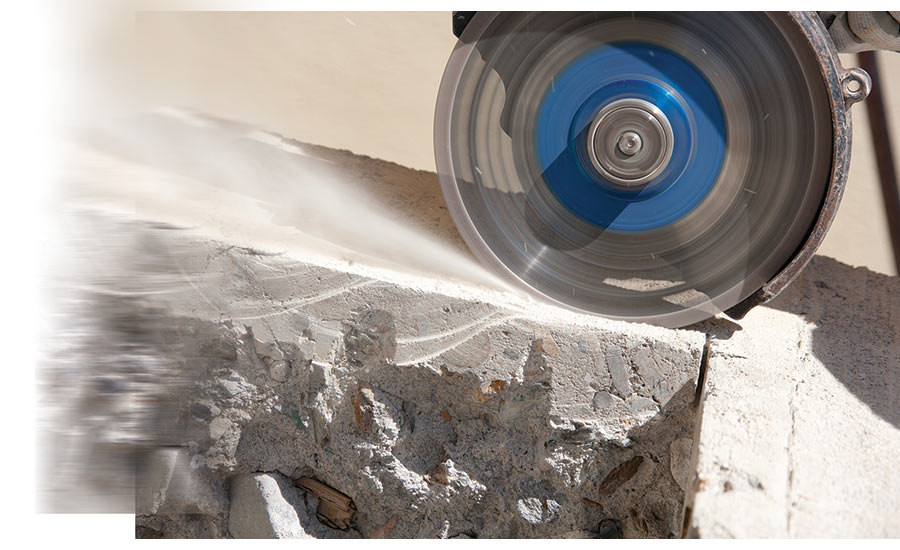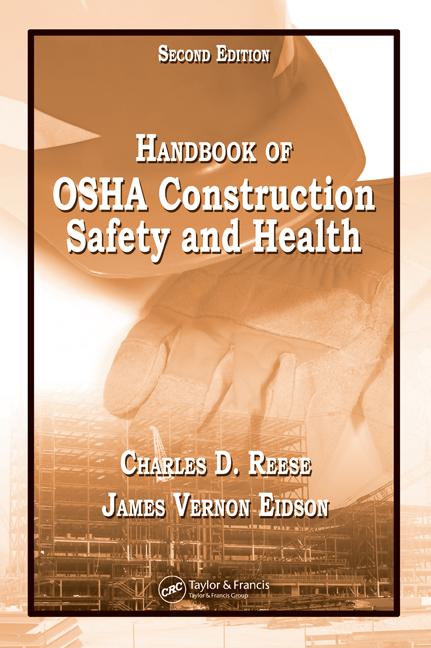Think about the PPE sales potential here: about 2.3 million workers are exposed to respirable crystalline silica in their workplaces, including two million construction workers who drill, cut, crush, or grind silica-containing materials such as concrete and stone, and 300,000 workers in general industry operations such as brick manufacturing, foundries, and hydraulic fracturing, also known as fracking. OSHA in March issued a final rule to curb lung cancer, silicosis, chronic obstructive pulmonary disease and kidney disease in America’s workers by limiting their exposure to respirable crystalline silica.
The rule is comprised of two standards, one for Construction and one for General Industry and Maritime.
Key provisions
• Reduces the permissible exposure limit (PEL) for respirable crystalline silica to 50 micrograms per cubic meter of air, averaged over an eight-hour shift.
• Requires employers to: use engineering controls (such as water or ventilation) to limit worker exposure to the PEL; provide respirators when engineering controls cannot adequately limit exposure; limit worker access to high exposure areas; develop a written exposure control plan; offer medical exams to highly exposed workers; and train workers on silica risks and how to limit exposures.
• Provides medical exams to monitor highly exposed workers and gives them information about their lung health.
• Provides flexibility to help employers — especially small businesses — protect workers from silica exposure.
Compliance schedule
Both standards contained in the final rule take effect on June 23, 2016, after which industries have one to five years to comply with most requirements, based on the following schedule:
Construction — June 23, 2017, one year after the effective date.
General Industry and Maritime — June 23, 2018, two years after the effective date.
Hydraulic Fracturing — June 23, 2018, two years after the effective date for all provisions except engineering controls, which have a compliance date of June 23, 2021.
Background
The U.S. Department of Labor first highlighted the hazards of respirable crystalline silica in the 1930s, after a wave of worker deaths. The department set standards to limit worker exposure in 1971, when OSHA was created. But the standards are far outdated and do not adequately protect workers from silica-related diseases. Plus, workers are being exposed to silica in new industries such as stone or artificial stone countertop fabrication and hydraulic fracturing.
The final rule was proposed in September 2013. The rule-making process allowed OSHA to solicit input in various forms for nearly a full year. The agency held 14 days of public hearings, during which more than 200 stakeholders presented testimony, and OSHA accepted over 2,000 comments, amounting to about 34,000 pages of material.
Is this the end of the debate on silica?
“Far from it,” says Aaron Trippler, government affairs director for the American industrial Hygiene Association, writing in his Happenings on the Hill newsletter. “Industry has already stated it will challenge the final rule in court. Congress has two different approaches to get involved, albeit only one is really a viable approach.
“The first is the use of the Congressional Review Act to override the final rule. Problem with this is that even if Congress overrides the final rule the President is likely to veto the effort.
“The more likely approach is that Congress will attempt to incorporate a budget rider on the OSHA budget that will ban OSHA from spending any dollars on the silica final rule, including enforcement. In the last budget cycle the House placed such a rider on OSHA but the rider was removed when the final omnibus bill was introduced and enacted. I expect Congress to try this approach again.”
Industry opposition
The final silica rule will be expensive and difficult for employers to meet and ignores the benefits of respiratory devices in reducing silica dust exposure, argue employer representatives.
The Occupational Exposure to Respirable Crystalline Silica rule will reduce the permissible exposure for crystalline silica to 50 micrograms per cubic meter of air, averaged over an eight-hour shift, from the current 100 micrograms per cubic meter of air standard for general industry, despite industry contention that the lower limit is unattainable.
It’s a major economic impact on employers in a broad range of industries and particularly on a handful of industries like the oil and gas well industry for fracking and the construction industry, according to industry critics.
OSHA estimated the rule would provide average net benefits of about $2.8 billion to $4.7 billion annually over the next 60 years and would cost $1,242 a year for the average workplace. However, a study last year by the Construction Industry Safety Coalition pegged the cost of the silica rule on the U.S. construction industry at $5 billion per year compared to the agency’s $511 million estimate.
DC analysis
The Washington, D.C. law firm of Keller & Heckman posted a recent article stating, “OSHA’s silica rule has been a source of contention between employers, labor representatives, and the agency since its inception, due in large part to the fact that silica exposures can occur naturally as a result of ambient environmental conditions, there are severe limitations in silica testing technologies, and ambient environmental conditions cause inherent errors in any in-field testing applications. Further, OSHA’s requirement in the rule that employers adopt engineering controls to limit exposures over other available technology, such as respiratory protection, has led to significant concerns over whether employers can actually comply with the new rule due to technology limitations and fiscal feasibility.
“Some of the comments and testimony the agency received in response to its proposed rule noted the following:
• “Industry believes the cost to comply is substantially higher than estimated, particularly given that some workplaces will need customized ventilation systems to achieve compliance.
• “OSHA’s rule continues to require that employers use engineering controls over respiratory controls, ignoring the substantial improvement in the design and performance of a wide variety of respirators since the so-called hierarchy of controls was first adopted. Industry submitted evidence that such devices would be more effective for exposures from cutting, grinding, crushing or drilling silica-containing materials such as concrete, masonry, tile, and rock.
“As the new rule imposes a significant reduction in the PEL and requires extensive engineering and administrative controls, compliance with the new rule will likely require substantial investment from employers. In addition to employer concerns over potential compliance costs, the contention surrounding technological feasibility of the rule’s sampling requirements and exposure controls has not dissipated. Many expect there will be a judicial challenge to the rule shortly involving a number of industries and proponents of the standard.”




